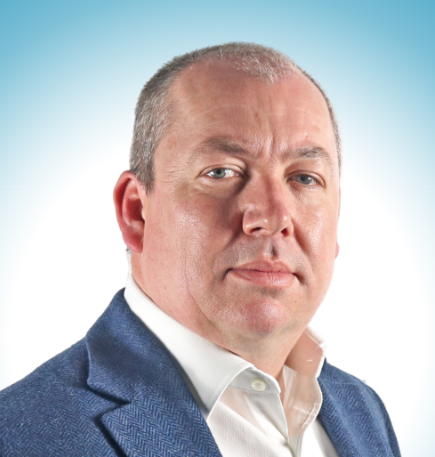
As the deadline approaches for water companies to have in place monitoring requirements of the Environment Act 21, the sector is concentrating efforts on ensuring a smooth implementation process.
Part 5 Section 82 of the act states utilities must continuously monitor water quality upstream and downstream of all storm overflow and sewage disposal works, which discharge into a water course. This requirement will be mandatory in 2025.
Whilst putting monitors in rivers is not going to solve the problem of pollution, it will pinpoint where the problems are and help establish what is entering the watercourse through outfalls – is it dilution or pollution?
This is a critical question. During heavy rain events, companies will not always know what is coming out of the pipe – rainwater or sewage? The assumption is sewage but during many spills, monitors actually show an improvement in water quality – in these cases, rainwater will be diluting the watercourse, rather than sewage polluting it.
With the right systems in place, technology and operational intelligence will reveal where the pollutants are, enabling water companies to react appropriately and target investment in the right areas.
Preparations for rollout
While at the end of 2023, water companies were still awaiting Defra’s Environment Act 21 technical specifications to allow them to finalise their plans and budgets, preparations for AMP8 rollout were well underway.
To ensure the 2025 commitments are delivered, companies should now be taking the following steps:
- Identify which sites need to be monitored and which are priority sites to be addressed first, such as those within SSSIs, chalk streams and bathing waters.
- Engage with landowners for permission to install instrumentation and to return for ongoing maintenance and calibration visits. The majority of storm overflow sites sit on private land – access will be one of companies’ biggest challenges.
- Calculate how many monitors are required, bearing in mind current guidance states that where discharge outlets are within 1000m of one another, they can be clustered as a pair of monitors upstream and downstream.
- Establish the best locations for the sensors, remembering the aim of Section 82 is to monitor the impact on the receiving waters, not the discharge itself. Locations should be selected that can be safely accessed. Where proposed sites do not have a power source, solar-powered systems are available. Attention should be given to risk of theft or vandalism in each location and vandal-resident systems selected, if required.
- Begin conversations with suppliers to get a complete understanding of product options, delivery and installation timescales and cost. Given the impending increase in demand, early engagement is a must – suppliers like Xylem are increasing their manufacturing capacity and are ready to support.
Data-as-a-service
Whilst the Environment Act 21 places many demands on water companies, the technology to meet the challenge exists.
One approach which is gaining considerable momentum in water is the data-as-a-service (DaaS) model. Applying DaaS to a large-scale monitoring programme can move the responsibility of the design, installation, data, telemetry, calibration and maintenance to the manufacturer.
HydroDaaS is Xylem’s DaaS system for river water quality monitoring, based on YSI EXO multiparameter sondes and HydroSphere data visualisation platform.
Supply models are flexible, giving water companies different asset and data ownership options, at a fixed cost. While sondes can be purchased, some companies now prefer to simply buy the data, with the supplier maintaining ownership of the instrumentation and responsibility of its maintenance. In preparation, Xylem is training 250 service engineers across the UK, who will be able to maintain water quality stations in the field on behalf of clients.
The YSI EXO multiparameter sonde is designed to operate in extreme underwater environments, with features that include mechanical wipers to clean sensors. Xylem has been manufacturing sondes for over 30 years and recently released its fifth generation – the YSI EXOS range. Xylem is also the exclusive provider of multiparameter sondes to the Environment Agency.
Future possibilities
Monitoring technology is continually advancing. Xylem’s researchers are working towards smart systems that use algorithms and artificial intelligence to alert to problems on the network and control software which sits above SCADA to give a total network view.
A key focus is on preventing pollutants from reaching rivers in the first place, through techniques such as predictive modelling to, for example, ensure sewers and storm tanks are emptied before a storm.
Looking at the bigger picture, the Environment Act 21 monitoring programme will eventually provide a national baseline of water quality information that England has never seen before. Its implementation is a major task, but the large-scale data capture soon to be underway will allow the water sector to digitise river catchments to provide a cleaner and heathier environment for all.



